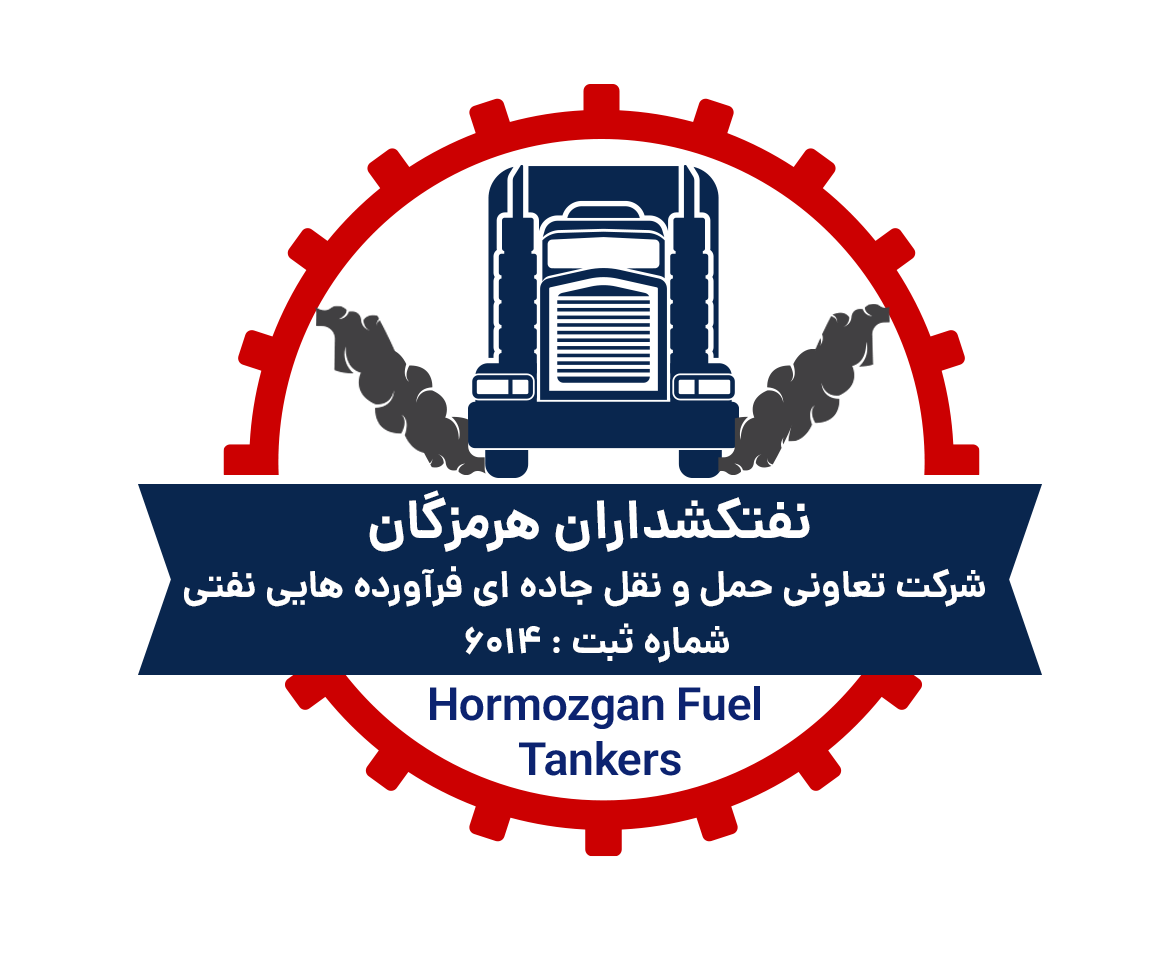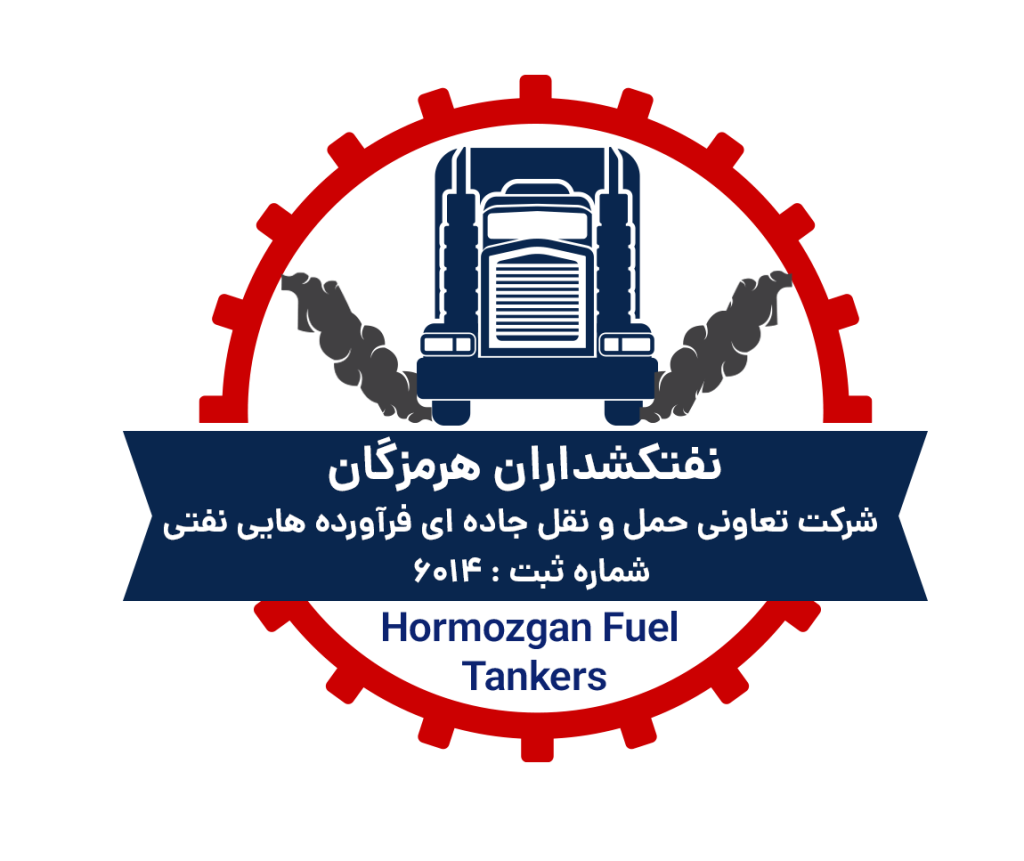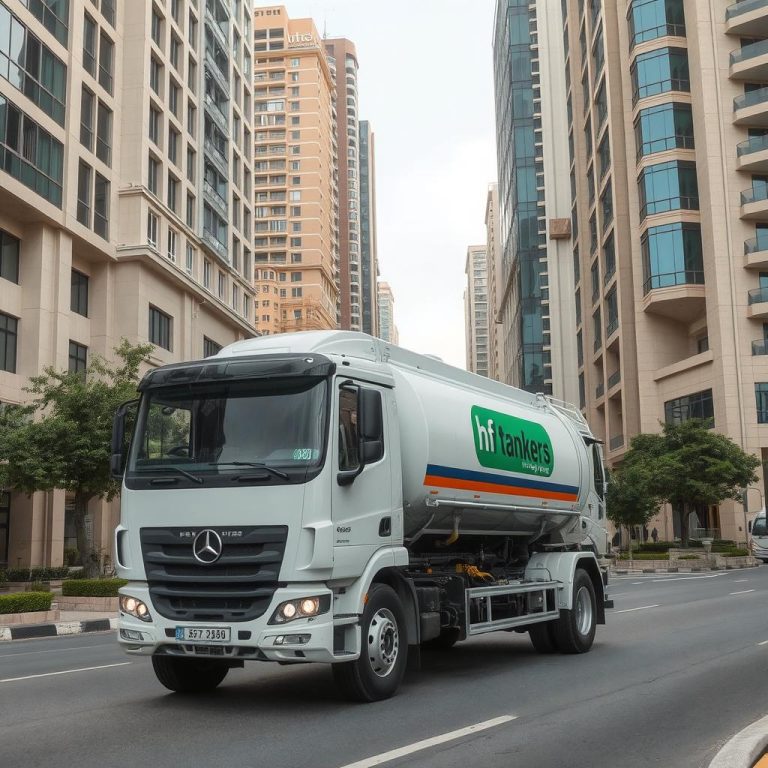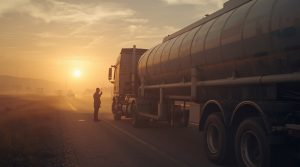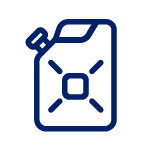The loading and unloading of fuel in road tanker trailers is one of the most sensitive stages in the transportation of petroleum products. Improper execution of these operations can lead to leakage, fire, explosion, environmental contamination, and severe human and financial losses. This article explores the principles, standards, and safety requirements for fuel handling processes and presents optimized solutions for improving the efficiency and safety of loading and unloading operations.
Fuel and petroleum products are classified as hazardous materials. Their handling and transportation require strict adherence to technical and safety regulations. The beginning and end points of the transportation chain—loading and unloading—are particularly vulnerable and must be performed with precision, standardized equipment, and clear safety protocols.
Standard Fuel Loading Procedures
1.Preliminary Inspection and Safety Checks
Before starting the loading process, drivers and operators must ensure that:
All discharge valves are closed and in good condition
The grounding system is operational
The tank is dry, clean, and leak-free
The loading area is free of ignition sources and flammable materials
- Proper Hose and Equipment Connection
All hoses and nozzles must be standard-compliant and compatible with the fuel type. Connections must be tight and secure to avoid spillage or vapor escape.
- Load Volume Control
The loading volume must comply with the tanker’s legal capacity, considering ambient temperature and pressure. Overfilling can cause spillage or tank rupture. Use of Overfill Protection Systems (OPS) is mandatory.
- Documentation
All details such as fuel type and quantity, loading time, trailer serial number, and facility information must be recorded for accountability and traceability.
Safe Fuel Unloading Procedures
1.Unloading Site Assessment
The unloading site must be ventilated, spark-free, stable, and free from steep slopes or uneven surfaces.
2.Grounding and Anti-Spark Equipment
A grounding cable must be connected before unloading to prevent static electricity buildup. All equipment must be explosion-proof (Ex-proof) and certified.
- Unloading Method (Gravity or Pump-Assisted)
Depending on the receiving tank’s setup, unloading may be performed via gravity or using a pump. Operators must wear protective clothing, gloves, and safety goggles during the process.
4.Emergency Protocols
In case of fuel odor, visible leakage, equipment malfunction, or unusual sounds, operations must stop immediately and emergency measures must be taken.
Key Safety and Technical Recommendations
Use of multilayered tanks with pressure and vapor control systems
Periodic training programs for drivers and operators
Pre- and post-operation checklists for every task
Maintaining a record of each operation for auditing
Equipping tankers with automatic leak detection and temperature monitoring systems
Conclusion
Safe and proper loading and unloading of fuel and petroleum products play a fundamental role in reducing accidents, protecting workers, and preserving the environment. By investing in standard equipment, following detailed procedures, and continually educating personnel, the safety and productivity of fuel transport operations can be significantly improved.
Key words:
Fuel loading, fuel unloading, tanker trailer, fuel transport safety, spill prevention, overfill protection, grounding system, hazardous materials, fuel handling standards, operator training
